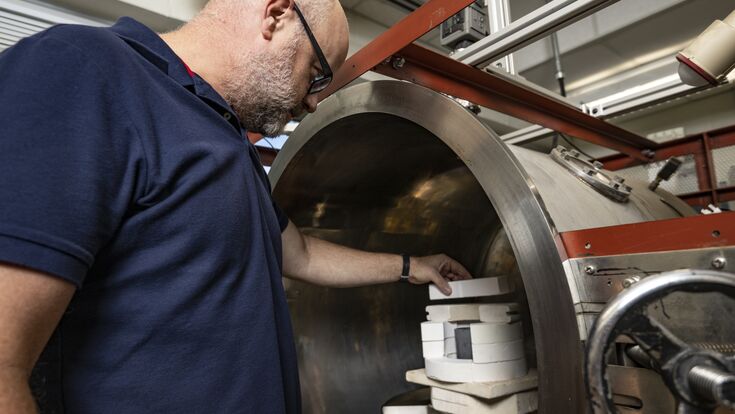E-Waste : WVU researchers recycle e-waste for national defense

Researchers at the West Virginia University are resurrecting discarded electronics, recycling electronic waste and recovering minerals from it to make new products critical for national defense.
The project led by Terence Musho, associate professor of mechanical and aerospace engineering at the Benjamin M. Statler College of Engineering and Mineral Resources, received more than $250,000 from the Defense Advanced Research Projects Agency at the U.S. Department of Defense.
Being dependent on countries like China to provide raw materials the White House realised a "critical shortage in the semiconductor supply chain," said Musho. So the search for effective recycling methods and technology has become a priority.
New technology
One key factor setting the research Musho is conducting with Statler Professor Edward Sabolsky apart from current systems for e-waste recycling is the “ability to achieve very high temperatures in a very rapid manner,” which allows their technology to be modular. That is, because it’s relatively small, it can easily be moved in modules from place to place.
“That means the DOD can transport this technology around to the point of disposal of these e-waste materials,” Musho said. “Space debris is an issue that’s gaining attention, so one potentially far-out idea is that this potentially could be used in space. You could collect junk satellites, recycle the waste and bring the raw materials back to earth."
The technology also has promise beyond the sphere of national defense. “You could have a point-of-disposal e-waste recycler in each community,” Musho suggested. “Communities could recycle their own e-waste, get the raw materials out and sell those materials back to manufacturers.”
Electronics recycling began to emerge in the 1970s but it has never gained much traction in the US. Nowadays there still are just a handful of facilities nationwide where the electronics can be processed. Those of course get a lot of e-waste send to them.

Abundance of critical materials in landfills
Electronics recycling facilities deal with that e-waste via a process of pyrometallurgy or hydrometallurgy. Both those processes use either high temperatures or hazardous chemicals to extract minerals from electronics and both need large quantities of waste in order to be economical.
Largely because of problems like those, most current e-waste heads to landfills. In its effort to change that, the DOD has focused on recovering seven specific elements from e-waste, chief among them gallium, indium and tantalum.
The project’s first phase is a nine-month study demonstrating Musho and Sabolsky’s e-waste recycling process in the lab. Musho is confident that it will work, especially because Sabolsky’s previous research on coal fly ash laid the groundwork for this study.
“We have an abundance of critical materials currently sitting in e-waste in our landfills,” Musho said. “It’s just a matter of determining the best method to recover these elements. The technology we’re developing provides a supply chain solution not only for DOD electronics but also consumer electronics.”
